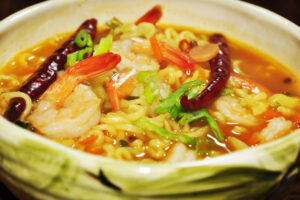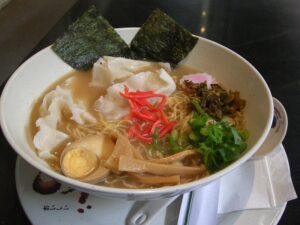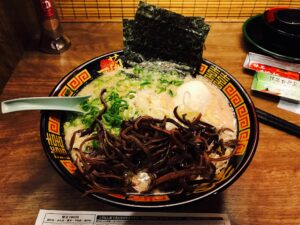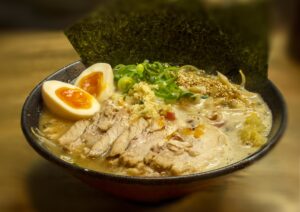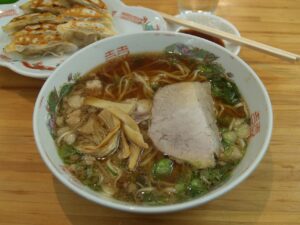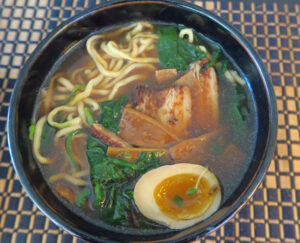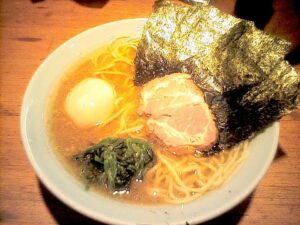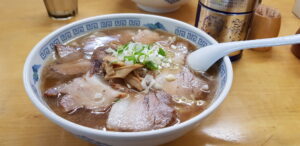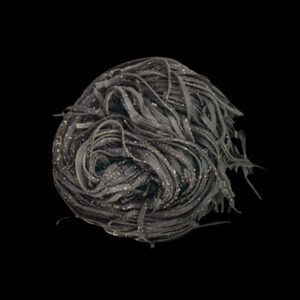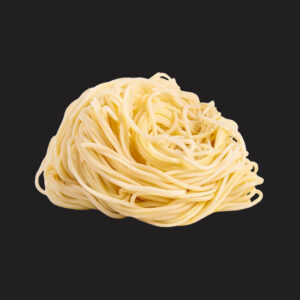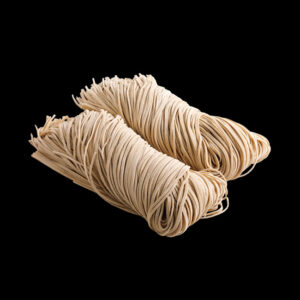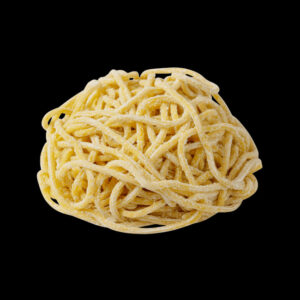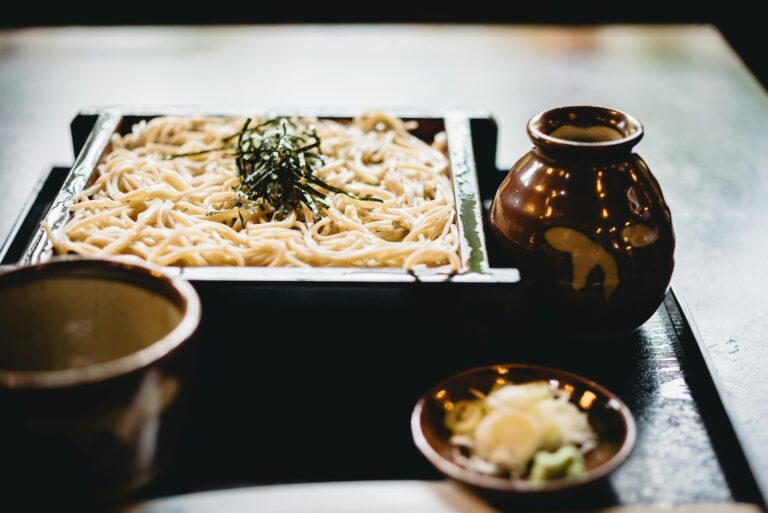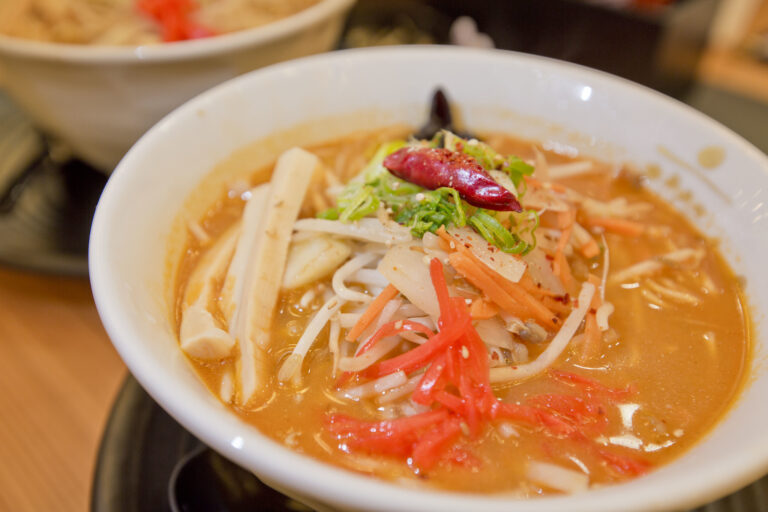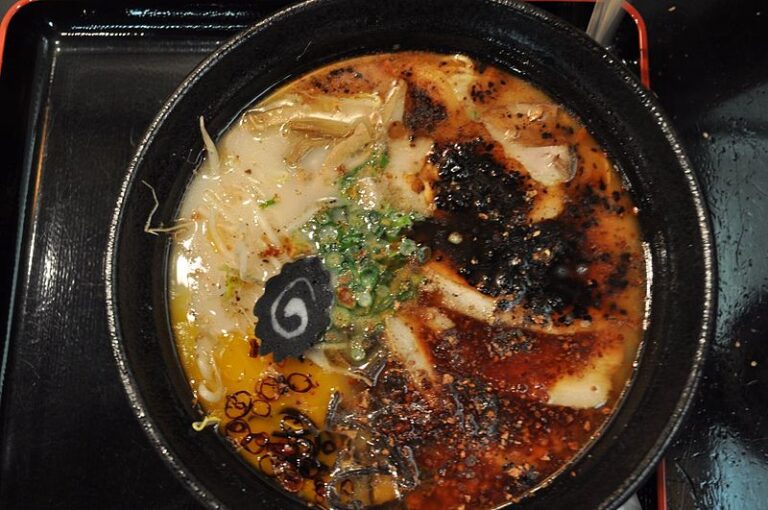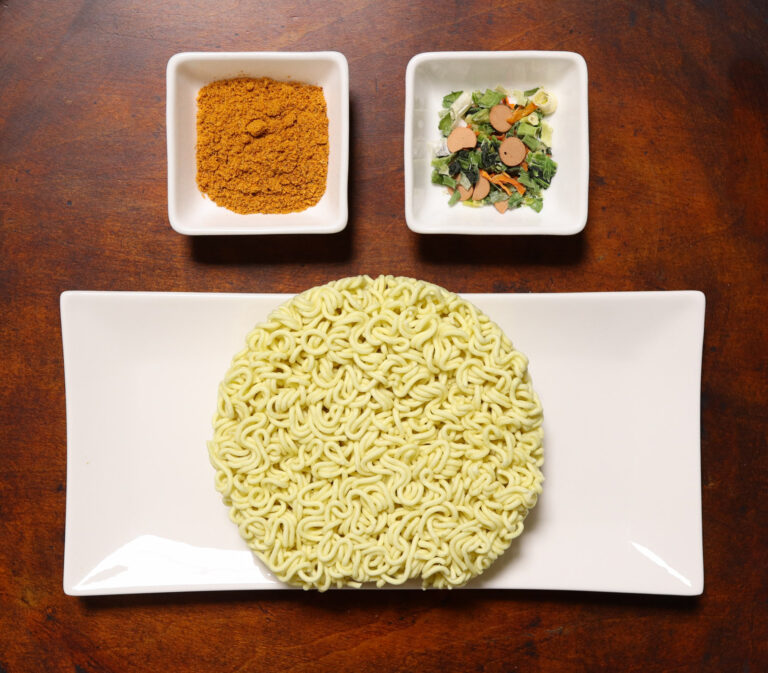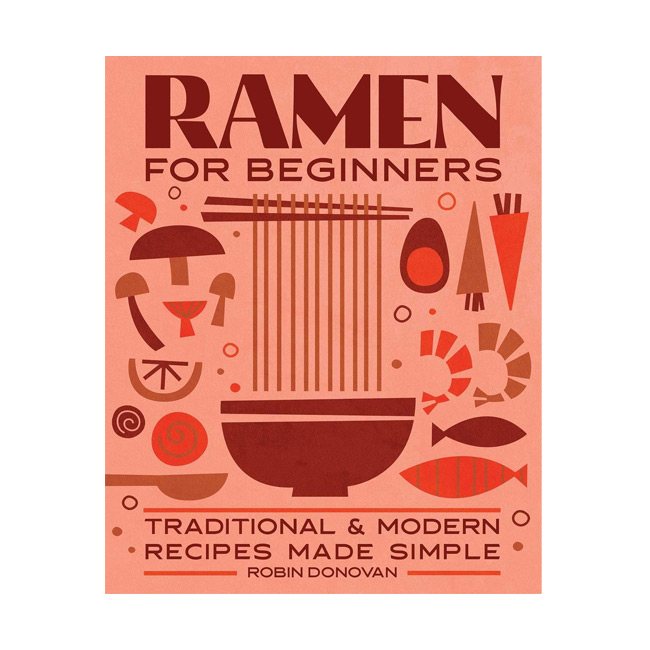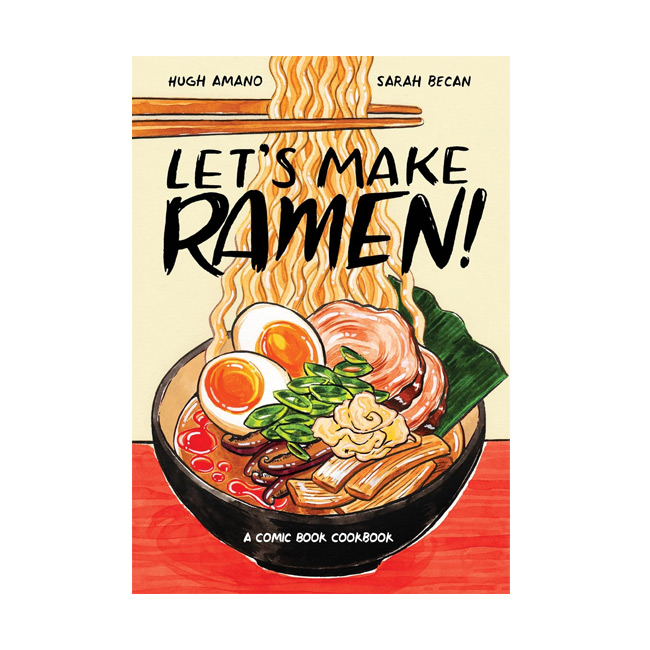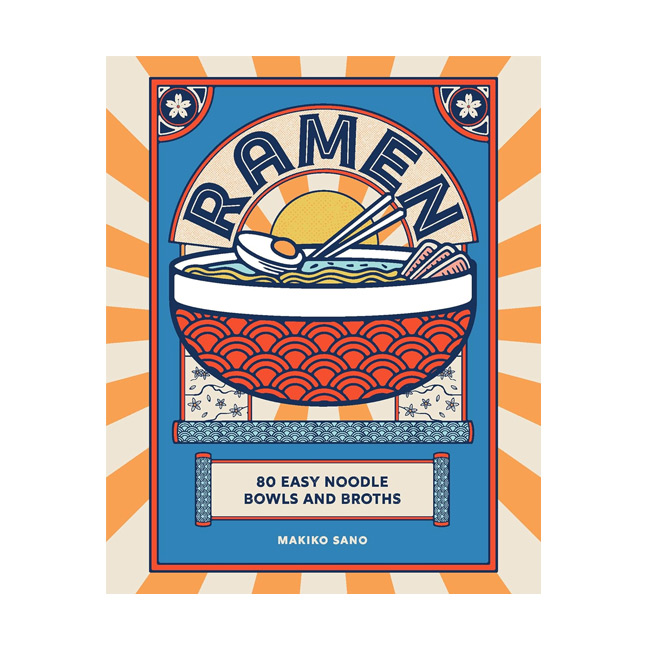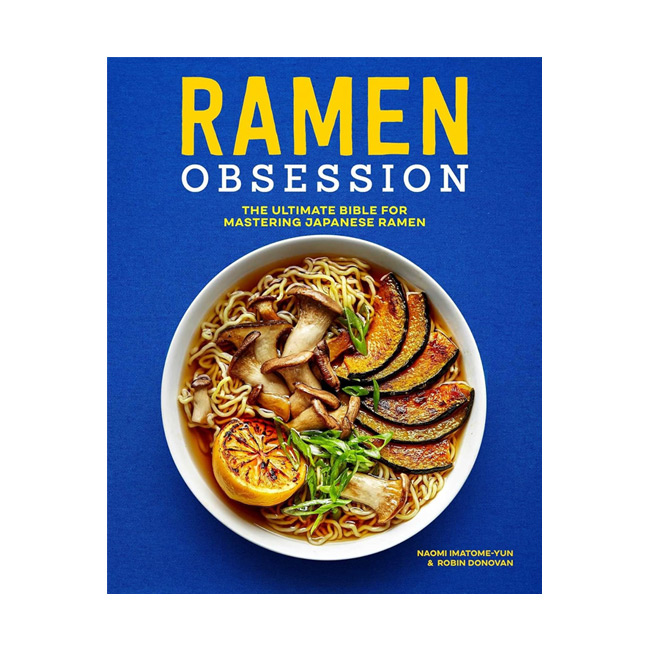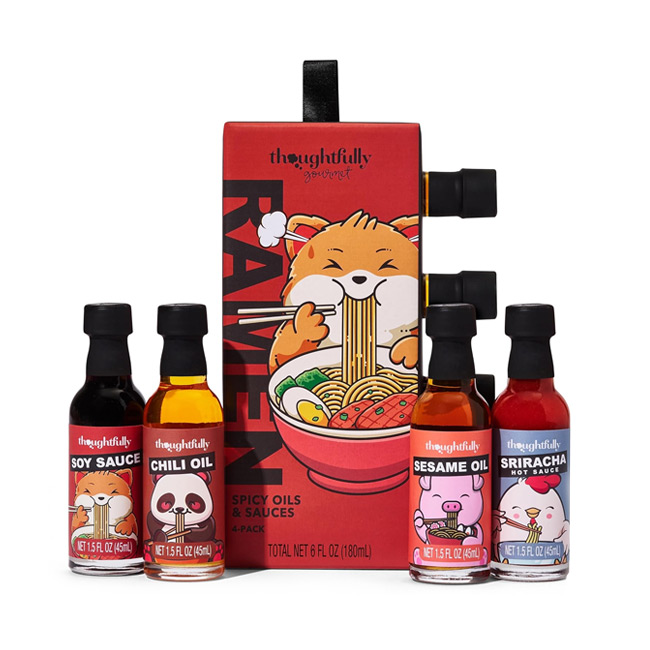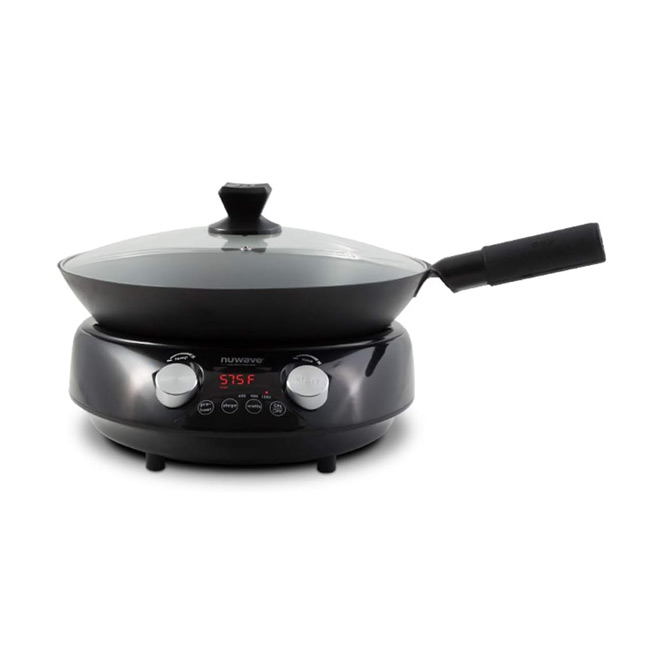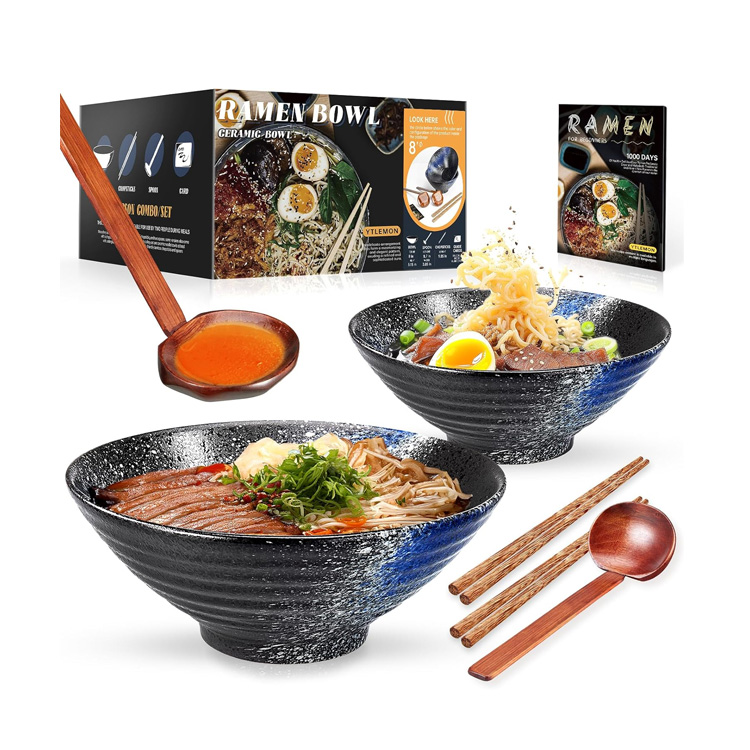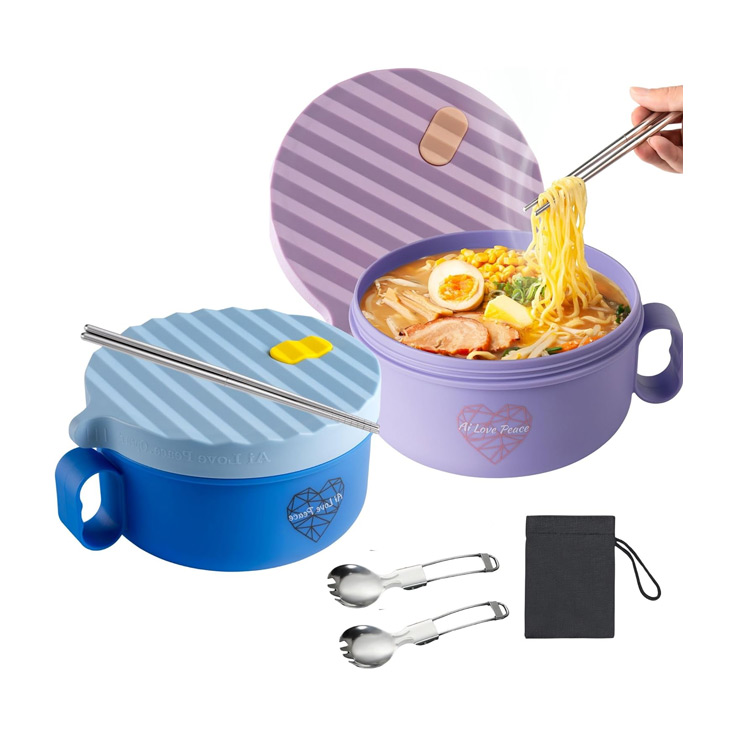Imagine stepping into a bustling ramen shop in Tokyo, the air thick with the savory aroma of simmering broth and the lively chatter of diners eagerly slurping their noodles. The chef behind the counter moves with precision, crafting each bowl with a blend of tradition and passion. For many, this scene is the gateway to a culinary adventure that begins with a single, delicious bowl of ramen.
Ramen, a dish that originated from China but has been perfected in Japan, offers a comforting and satisfying meal that has captured the hearts (and stomachs) of people worldwide.
Whether you’re curious about the different types of broths, the variety of noodles, or the perfect toppings to enhance your experience, this article will break down everything you need to know to start your journey into the rich and delicious universe of ramen. So grab your chopsticks and get ready to dive into your first bowl of authentic Japanese ramen!
What is Ramen?
Ramen is a Japanese noodle soup dish that has become a culinary phenomenon worldwide. It typically consists of Chinese-style wheat noodles served in a flavorful broth, accompanied by various toppings such as sliced pork, nori (seaweed), menma (bamboo shoots), and green onions.
The dish is known for its versatility and the wide variety of broths, noodles, and toppings that can be combined to create unique flavors and textures.
Historical Background: From Chinese Origins to Japanese Perfection

Ramen’s history is a fascinating blend of cultural exchange and culinary innovation. The dish is believed to have originated in China and was introduced to Japan in the late 19th to early 20th century. Chinese immigrants brought with them wheat noodles, which were adapted by Japanese chefs to suit local tastes and ingredients. The first recorded instances of ramen in Japan were sold at food stalls and quickly gained popularity for their affordability and satisfying nature.
During the post-World War II era, ramen’s popularity soared as Japan faced food shortages. The introduction of instant ramen by Momofuku Ando in 1958 revolutionized the dish, making it accessible and convenient for the masses. Over time, ramen evolved from a simple street food to a gourmet experience, with regional variations and specialty shops emerging across the country. Each region developed its own style, such as Sapporo’s miso ramen, Hakata’s tonkotsu ramen, and Tokyo’s shoyu ramen, each reflecting local ingredients and culinary traditions.
Components of a Ramen Bowl
#1: Broth
The broth is the heart and soul of any ramen bowl, defining its overall flavor and character. There are several types of broths, each offering a unique taste experience:
- Shoyu (Soy Sauce): This broth is seasoned with soy sauce, giving it a clear, brown appearance and a savory, slightly tangy flavor. It’s often made with a chicken or vegetable base and is one of the most common ramen broths.
- Shio (Salt): The lightest of the broths, shio ramen has a clear, golden hue and a delicate, salty taste. The broth can be made from chicken, pork, or seafood, and it’s often chosen to highlight the flavors of the other ingredients.
- Miso: Originating from Hokkaido, miso ramen features a rich, hearty broth made with fermented soybean paste. It has a deep, umami flavor and a thicker, cloudy texture. This broth is perfect for cold climates and pairs well with robust toppings like corn and butter.
- Tonkotsu (Pork Bone): This broth is famous for its creamy, rich texture and milky appearance. Made by simmering pork bones for many hours, it releases collagen and fat, creating a luxurious, savory flavor. Tonkotsu is a specialty of Kyushu and is often garnished with thinly sliced pork and green onions.
#2: Noodles
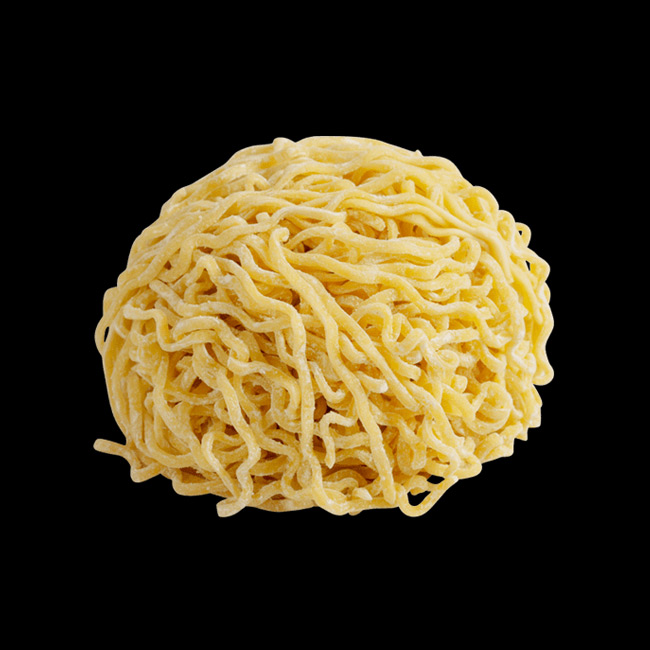

The noodles in ramen are just as crucial as the broth, providing texture and substance to the dish. Ramen noodles are typically made from wheat flour, water, salt, and kansui (alkaline mineral water), which gives them their distinctive chewy texture and yellowish color. There are several variations in noodle thickness and shape, tailored to complement different broth types:
- Thin and Straight: Often used in tonkotsu ramen, these noodles cook quickly and soak up the rich, creamy broth well.
- Thick and Wavy: Common in miso ramen, these noodles have a robust texture that pairs well with the hearty, flavorful broth.
- Medium and Curly/wavy: Typically found in shoyu and shio ramen, these noodles offer a balanced texture that complements the lighter broths.
- Flat and Ribbon-Like: Occasionally used in regional specialties, these noodles provide a unique texture and mouthfeel.
#3: Toppings
Toppings add flavor, texture, and visual appeal to a bowl of ramen, transforming it into a complete meal. Each topping is carefully selected to enhance the overall dish:
- Chashu (Braised Pork): Slices of tender, flavorful braised pork belly or shoulder, often marinated in soy sauce and mirin, provide a rich, meaty component.
- Menma (Bamboo Shoots): These fermented bamboo shoots add a crunchy texture and a slightly sweet, earthy flavor.
- Nori (Seaweed): Strips of dried seaweed offer a subtle oceanic flavor and a pleasing contrast in texture.
- Soft-Boiled Eggs: Marinated in soy sauce and mirin, these eggs have a creamy yolk that adds richness to the broth.
- Green Onions: Thinly sliced green onions provide a fresh, sharp bite that cuts through the richness of the broth.
- Narutomaki (Fish Cake): Recognizable by its pink swirl, this fish cake adds a chewy texture and a touch of visual flair.
- Additional Toppings: Corn, butter, bean sprouts, garlic, and sesame seeds are among other popular toppings that can be added to enhance the flavor and texture profile of the ramen.
How to Enjoy Ramen
Ordering Ramen in a Japanese Restaurant
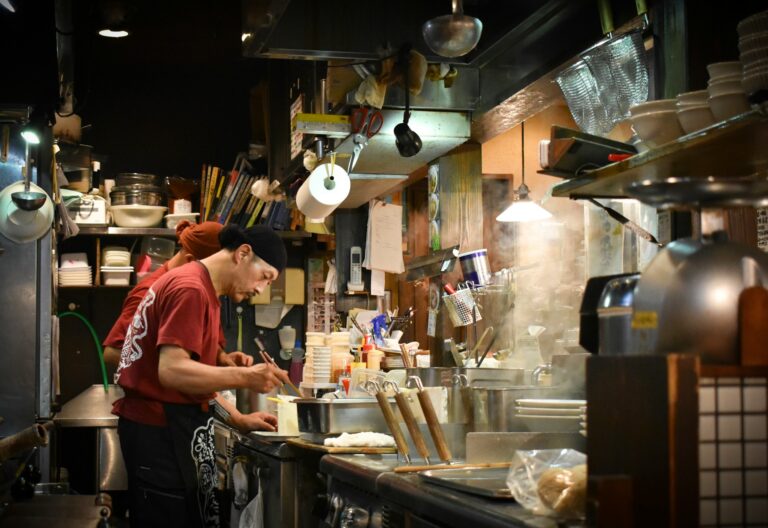
When you step into a Japanese ramen restaurant, the experience begins the moment you enter the door. Many ramen shops have a unique and efficient ordering system using vending machines. These machines display pictures and names of the ramen varieties and toppings available. You simply insert your money, press the button for the desired dish, and receive a ticket. This ticket is then handed to the staff, who will prepare your order.
In some establishments, especially more traditional or smaller shops, you may place your order directly with the staff. It’s a good idea to familiarize yourself with basic Japanese phrases or the names of your favorite ramen dishes to make the process smoother.
Proper Ramen Eating Etiquette
Enjoying ramen in Japan is not just about savoring the flavors but also about respecting the dining customs. When your steaming bowl of ramen is placed before you, take a moment to appreciate the aroma and presentation. It’s customary to begin with a taste of the broth, which sets the stage for the rest of the meal.
Using chopsticks, pick up a portion of noodles and lift them high to cool slightly. It is perfectly acceptable, and even encouraged, to slurp your noodles. Slurping enhances the flavors and helps cool the hot noodles as you eat. This practice might feel unusual at first, but it is a sign of enjoyment and appreciation for the meal in Japan.
The spoon, typically provided, is used to sip the broth and scoop up smaller toppings or bits of noodles. As you eat, you might switch between using the spoon and chopsticks, creating a rhythm that suits your pace. If there are larger toppings like chashu (braised pork), you can use your chopsticks to pick them up or break them into smaller pieces.
Popular Ramen Styles to Try
Ramen is a versatile dish that showcases the rich culinary diversity of Japan, with each region offering its own unique interpretation. Here, we explore some of the most popular ramen styles that have captivated both locals and international ramen enthusiasts alike.
Tokyo-style Shoyu Ramen
Tokyo-style shoyu ramen is one of the most well-known and widely enjoyed types of ramen. This style features a clear, brown broth seasoned with soy sauce (shoyu), which imparts a savory and slightly tangy flavor. The broth is typically made from a base of chicken or pork bones, combined with vegetables and dried fish, resulting in a well-balanced, umami-rich soup. The noodles used are usually medium-thin and curly, providing a delightful texture that complements the broth. Common toppings for Tokyo-style shoyu ramen include slices of chashu (braised pork), menma (bamboo shoots), nori (seaweed), and green onions, with a soft-boiled egg often added for extra richness.
Sapporo Miso Ramen
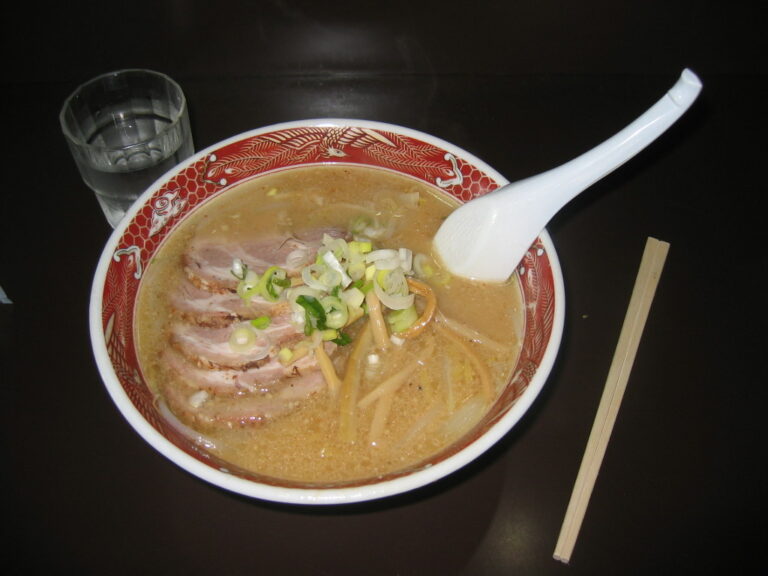
Originating from Sapporo, the capital of Japan’s northernmost island, Hokkaido, miso ramen is known for its rich and hearty broth. This style was developed in the 1950s to cater to the cold climate of the region. The broth is flavored with miso paste, which gives it a deep, umami flavor and a slightly thick, creamy texture. Sapporo miso ramen often includes a combination of chicken or pork bones and vegetables to create a robust base. The noodles are typically thick and wavy, designed to hold up well in the rich broth. Toppings for this ramen style often include sweet corn, butter, bean sprouts, ground pork, and green onions, adding layers of flavor and texture. The inclusion of butter and corn is a distinctive feature that highlights the agricultural produce of Hokkaido.
Hakata Tonkotsu Ramen
Hakata tonkotsu ramen, from Fukuoka on Japan’s southern island of Kyushu, is celebrated for its creamy, rich broth made from pork bones. The broth is simmered for many hours, sometimes up to 20, to extract the collagen and marrow, resulting in a thick, milky-white soup. This ramen has a pronounced pork flavor that is both hearty and comforting. The noodles used are thin and straight, cooking quickly and maintaining a firm texture. Typical toppings include slices of tender chashu, kikurage (wood ear mushrooms), green onions, and pickled ginger, which help balance the richness of the broth. The addition of spicy mustard greens and garlic chips is also common, providing a spicy and aromatic counterpoint to the creamy soup.
Conclusion
Ramen holds a special place in Japanese culture, symbolizing both tradition and modernity. It is more than just a meal; it’s an experience that brings people together, whether in bustling ramen shops or around a kitchen table.
Ramen is also a reflection of Japan’s adaptability and innovation. The dish continually evolves, with chefs experimenting with new ingredients and techniques, pushing the boundaries of what ramen can be. This creative spirit is celebrated in ramen festivals and competitions, where chefs showcase their skills and innovations.
In essence, ramen is a dish that embodies Japan’s history, culture, and culinary ingenuity, making it a beloved staple both domestically and internationally.

